#Utriusque cosmi
Explore tagged Tumblr posts
Text


Source
15 notes
·
View notes
Text

Light Flowing Forth from the Blackness, Robert Fludd
1 note
·
View note
Text

Robert Fluid 1624, Rötel, Kaspar, illustrator.
1 note
·
View note
Note
hey ct :) the other day i posted some medieval music theory diagrams and i was really struck by how similar some of them look to kabbalistic diagrams, which made me wonder about the intersection of musicology and cosmology/philosophy/occultism (?) in general, particularly in the middle ages. obviously this is an extremely broad topic, sorry. i just feel like from a modern standpoint it's easy to forget how essential the study of music theory was to the medieval education system and how intertwined it was with arithemtic and geometry. so i'm just curious, are there any medieval thinkers/traditions that come to your mind that took abstract structures proposed by music theory and sort of went ontologically wild with them, i.e. mapped them onto the structure of reality/the universe itself?



Utriusque Cosmi, Maioris scilicet et Minoris, 1617 (Robert Fludd)
Practica musice, 1496 (showing Apollo, the Muses, the planetary spheres and musical modes)
Phonurgia Nova (New Science of Sound Production), 1673 (This text itself isn't occult, but Kircher himself fits the bill) (Athanasius Kircher)
Kinda! Allusions to the universe as fundamentally musical in nature go back to Pythagoras. It meshes well for antique and medieval doctrines of amity and antipathy, which transposes neatly onto harmony and disharmony. It was often compared to the orbits of the planets, each orbiting at a set distance from the earth in accordance with some greater universal harmony. As far as I'm aware, that wasn't an uncommon way to think of the world.
Music theory is one of those things that gets transposed onto basically everything. If a religion goes on for long enough, you can basically assume that someone will develop some interesting spiritualized music theory. Its not something I've ever delved into personally, largely because I find music theory confusing.
As for Kabbalistic literature specifically, the story goes that Issac Luria was inspired by watching the sun filter through a complex fountain in Safed. I've always associated post-lurianic diagrams with flowing water. But if I recall correctly, Hebrew letters were also regularly used for musical notation, so music-as-mysticism is only a stones throw away. I would be shocked if writing on the subject doesn't exist.
Personally, music-as-mysticism is something I generally associate with Sufism. I know Inayat Khan was popular in part because of both his musical talents, and his doctrine that incorporated musical concepts. But he was pretty modern!
196 notes
·
View notes
Text





Robert Fludd, ‘Utriusque cosmi maioris scilicet et minoris metaphysica, physica atque technica historia’, 1617 Via: https://archive.org/embed/utriusquecosmima01flud
9 notes
·
View notes
Text










Between 1617 and 1621, the English polymath Robert Fludd unveiled his magnum opus, "Utriusque Cosmi… Historia," a two-volume work featuring over sixty intricate engravings. These volumes delved into the macrocosm of the universe and the spiritual realm. Fludd, a respected physician in the court of King James I, explored a vast array of topics, from alchemy and astrology to theology, melding practical knowledge with esoteric wisdom.
Fludd's masterpiece, "Utriusque Cosmi," dissected the Microcosm of human life and the Macrocosm of the universe, incorporating the spiritual domain. A staunch Anglican, Fludd blended Paracelsian chemical theories with theological insights. His lavishly illustrated cosmology depicted the universe's creation through divine alchemy.
A devoted follower of Paracelsus, Fludd's medical theories emphasized the celestial forces of light, attributing vital importance to the aerial nitre or quintessence. His medicinal incantations invoked the Hebrew name of Jesus, equating Christ with the kabbalistic angel Metatron.
Fludd's treatises featured extraordinary engravings, revealing his visionary approach. These intricate images, designed by Fludd himself, showcased his influence on contemporaneous occultists. His concepts of light's creative and healing forces were illustrated through diagrams, depicting the balance of spirit and matter, male and female, sulphur and mercury.
While I present only select fragments from this extensive work, it showcases Fludd's profound impact on alchemy, medicine, and mysticism. The imagery provides a glimpse into the visionary mind of this 17th-century polymath, influencing subsequent occultists like Michael Maier and Jacob Boehme.
#art#collage#digital art#illustration#symbols#music#vintage#books & libraries#books#artists on tumblr#antique
47 notes
·
View notes
Text

Philosophia Moysaica, Utriusque Cosmi, Philosophia Sacra, 1617-1638 Robert Fludd. This power of consciousness behind the universe is transformational and cataclysmic in nature; it does not conform to our expectations, needs or demands, or to the formulations and opinions of our human intellect. It has its own imperious logic and is not simply irrational in function. It possesses the precision of the universal being, not the limited focus of the human mind.
15 notes
·
View notes
Text

"Utriusque cosmi maioris scilicet et minoris" (1617), Robert Fludd, [pg181]
6 notes
·
View notes
Text
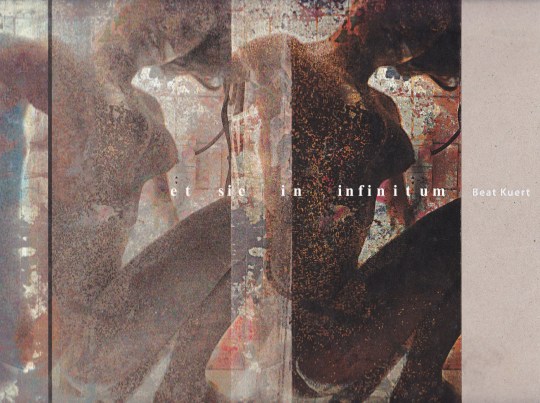
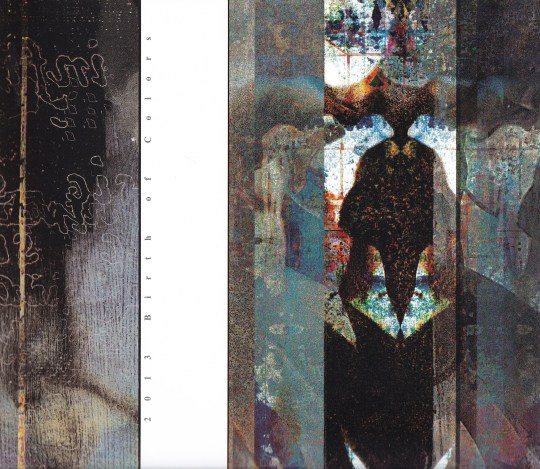

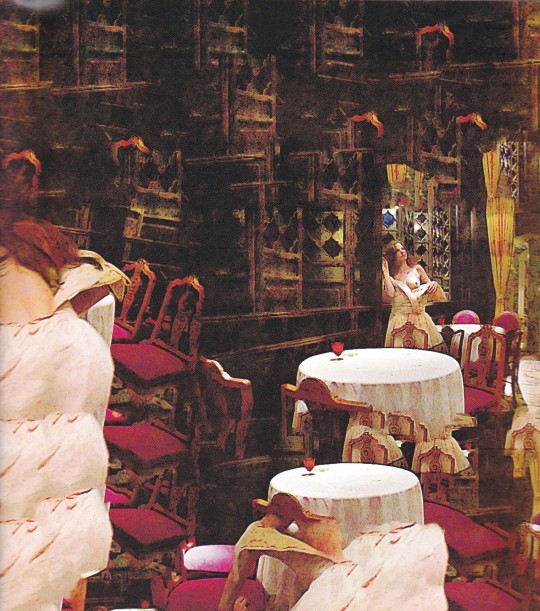
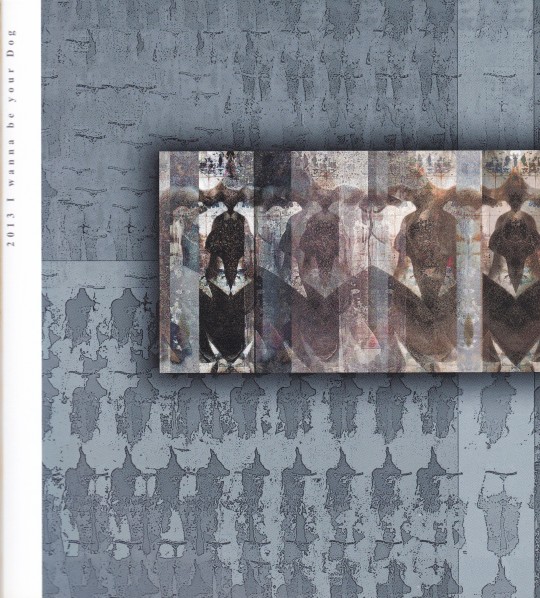

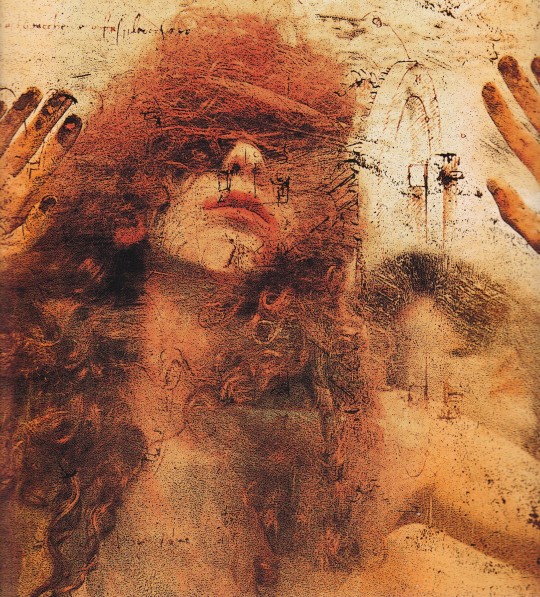


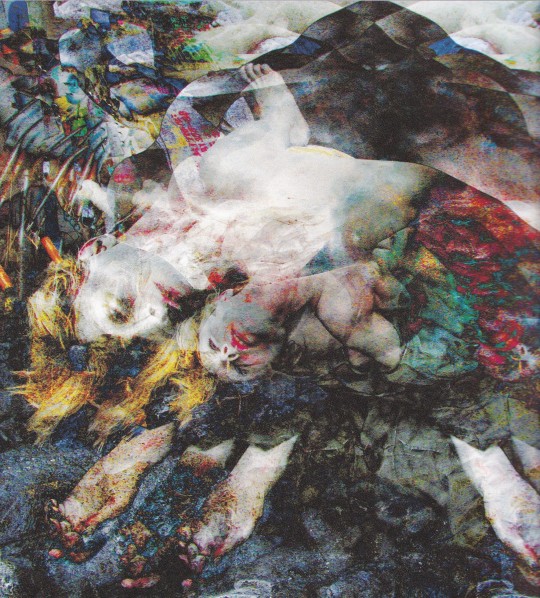
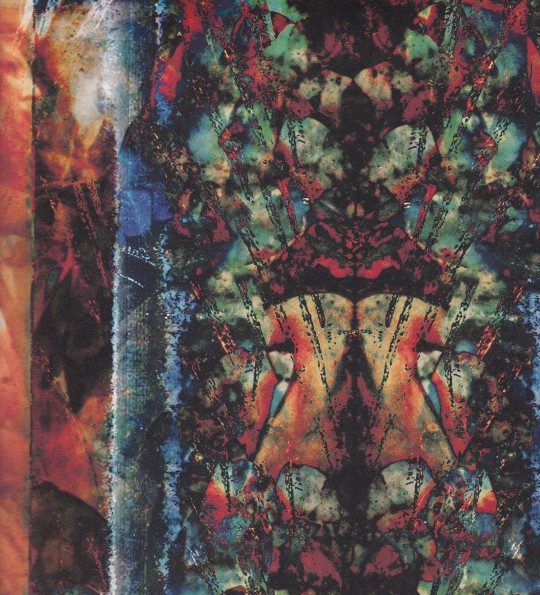
et sic in infinitum Beat Kuert
dust&scratchess, Arzo 2013, ca. 120 Seiten mit Abbildungen. Kartoniert,29,5 x 24 cm, ISBN 978-8890278785
Critic Texts Rolando Bellini, Interview Elisabetta Calcaterra
euro 55,00
email if you want to buy [email protected]
Published by dust&scratchess and the artist in occasion of Florence Biennale 2013
Beat Kuert realizes the opening event for ninth edition of the New Florence Biennale inspiring his work to the philosopher and alchemist, who lived between 1574 and 1637, Robert Fludd, author of books and treatises in which esotericism and occultism are mixed with scientific observations. His book Utriusque Cosmi, maiores Scilicet et minores, metaphysica, physica atque technica Historia is preceded by an image: a black square that bears on each side the wording Et sic in Infinitum. The artist Beat Kuert stages the creation through a performance designed to completely immerse the viewer who will physically be inside the work of art.
14/07/23
orders to: [email protected]
ordini a: [email protected]
twitter:@fashionbooksmi
instagram: fashionbooksmilano
designbooksmilano
tumblr: fashionbooksmilano
designbooksmilano
#Beat Kuert#Florence Biennale 2013#Robert Fludd#esotericism#occultism#scientific observation#art books#fashionbooksmilano
20 notes
·
View notes
Text

Anima Mundi, from Utriusque Cosmi Historia by Robert Fludd, 1617-21, via Alchemy Website (part of The Ferguson Collection at The University of Glasgow)
29 notes
·
View notes
Text
"The title of this book (printed in Frankfurt, 1629) is the ‘Highest Good’ – which is the essence of true magic, kabbalah and alchemy and of Rosicrucian thought, according to the sub-title. The work was to have been written by the otherwise unknown Joachim Frizius, a Rosicrucian/alchemist, who allegedly presented the work to Fludd. It is now generally accepted that Frizius is actually a pseudonym of Fludd. Fludd lifts the Rosicrucian phenomenon to a theoretical-philosophical level and presents it as a branch of science equal to magic, kabbalah and alchemy.
The book is at the same time an attempt to refute the allegations of the ‘world-famous slanderer’, the theologian Marin Mersenne (1588-1648), who openly accused Fludd of magic on the basis especially of what he had read in Utriusque cosmi … historia. Mersenne also felt Fludd ought to be put on trial for this crime. It was a serious charge which might have had dire consequences for Fludd, especially at a time when witch hunts were still going on in Europe, but Fludd escaped unscathed.
Summum Bonum part IV argues that the Rosicrucian Brotherhood is concerned with the right kind of magic or wisdom, kabbalah and alchemy, and each of these disciplines is discussed separately. The question why the Brotherhood chose to associate itself with the symbol of the rosea crux (Rosycross) is also considered. First of all, Frizius/Fludd explains the meaning of the cross: it is not the visible but the hidden, mystical cross. ‘The cross which all Christians must devote themselves to, is not formed in the manner of an ordinary temporary cross which differs in colour and shape according to the material used and as it is designed and made by the human spirit, but it is the colour of blood and similar to the reddest red of the rose, entwined with lilies’ (part IV, book 4). The rosy red colour is associated with the blood of Christ; the rose itself becomes a symbol of Christ. Remarkably, this explanation did not issue from the circle of men who originally chose the name ‘Brotherhood of the Rosycross’, but was formulated later, some fifteen years after the publication of the first manifesto, by an advocate of Rosicrucian thought."
- "Divine Wisdom, Divine Nature: The Message of the Rosicrucian Manifestoes in the Visual Language of the Seventeenth Century"

4 notes
·
View notes
Photo

W.B Yeats from Fludd, Utriusque Cosmi. . . Historia
https://www.yeatsvision.com/Geometry.html
12 notes
·
View notes
Text

Robert Fludd’s black square representing the nothingness that was prior to the universe, from his Utriusque Cosmi (1617). On each side of the square is written “Et sic in infinitum…” (And so on to infinity…)
5 notes
·
View notes
Note
trick or treat!!

Robert Fludd, Utriusque Cosmi Maioris Scilicet et Minoris Metaphysica, 1619
126 notes
·
View notes





